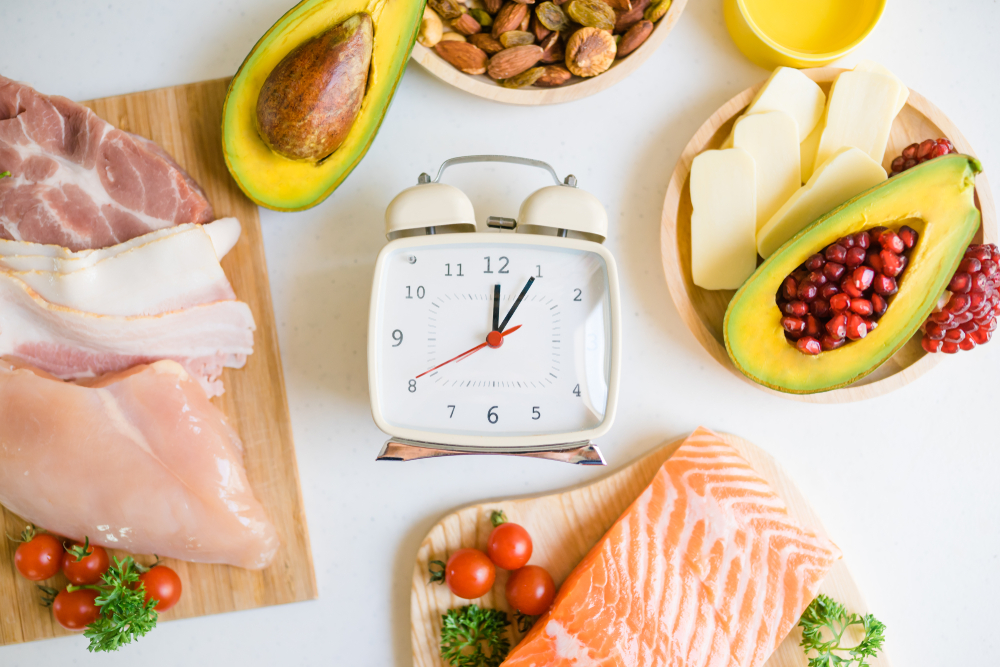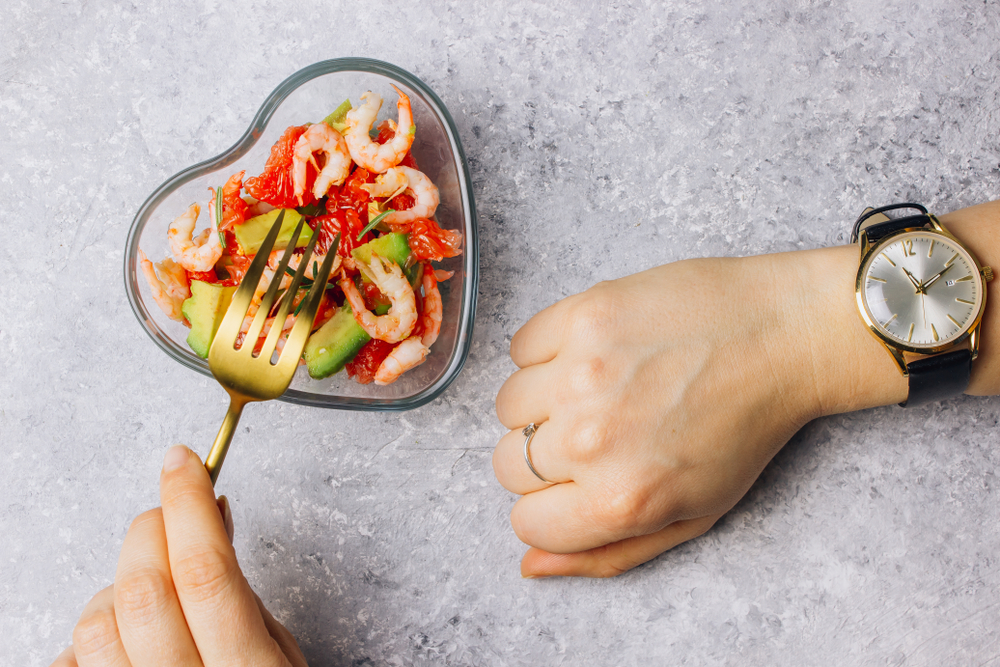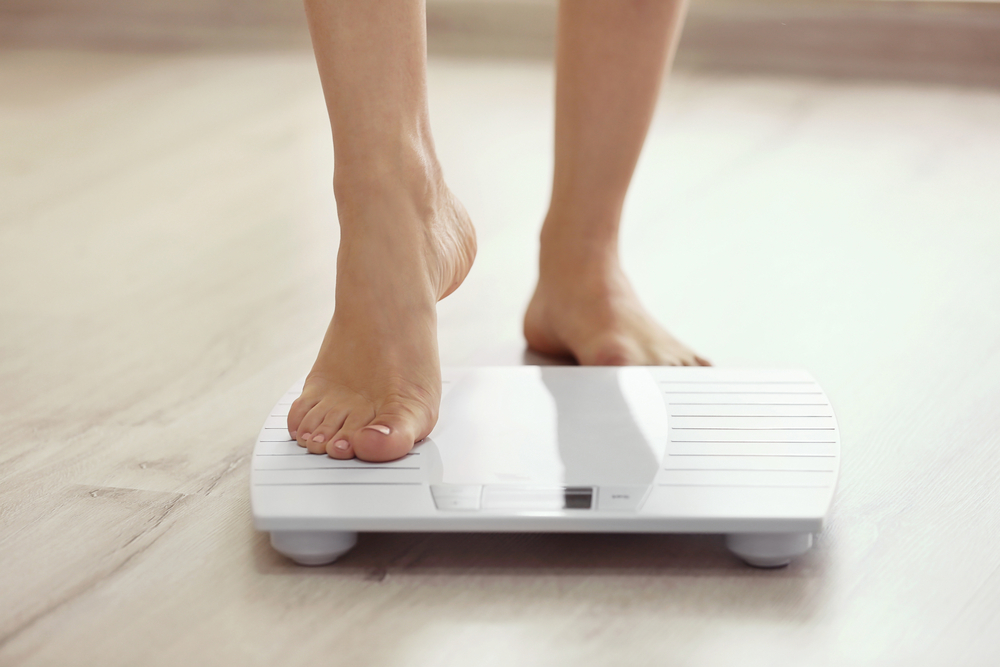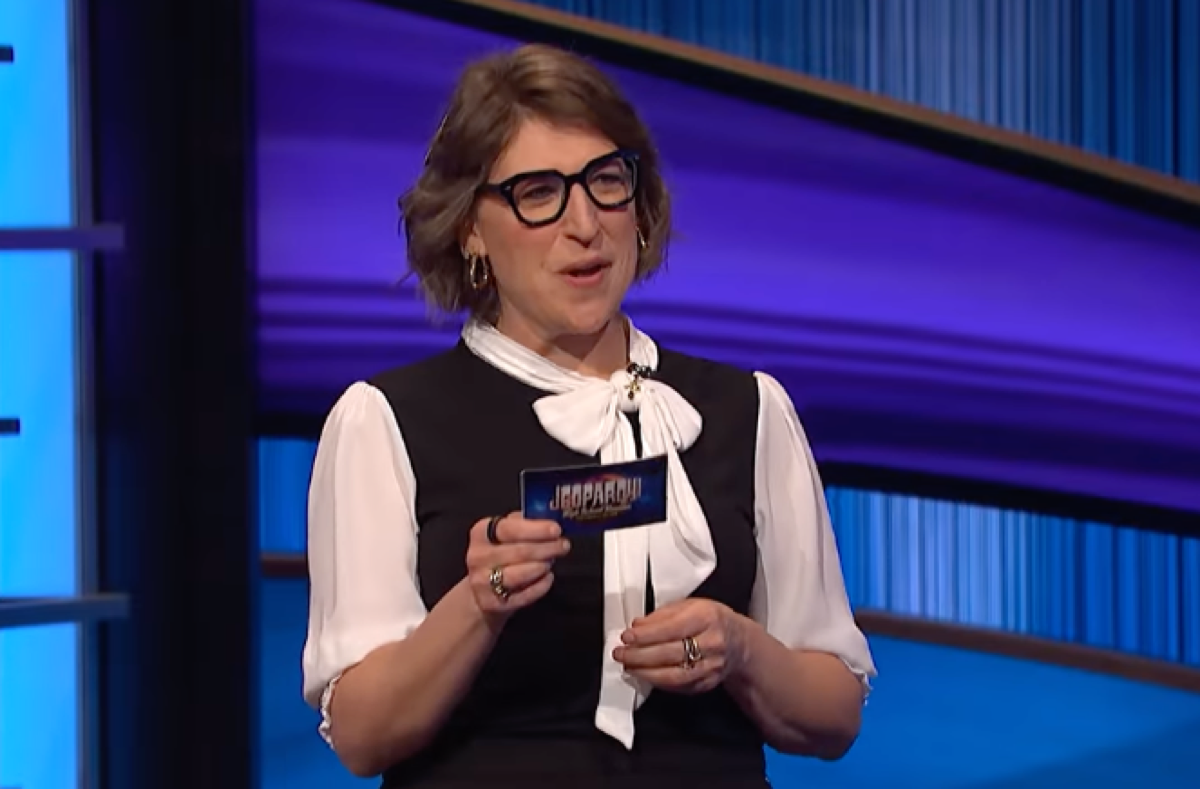What is the intermittent fasting and how this diet helps to burn fats
Intermittent fasting can be the best diet option for you, and this article helps you better understand about it.

In the old days, people used to spend long periods without feeding, since they needed to run after hunting or fetching their own food in the jungle. But today, we have access to all the food we want and when we want. Therefore, we end up getting overweight, and often feeling bad with our body. Is this your case? If so, you do not have to worry! Intermittent fasting can be the best diet option for you, and this article helps you better understand about it.
What is the intermittent fasting?
Different from the "miraculous" diets we see there, intermittent fasting is proven to be effective for our body, including avoiding heart attacks, spills, reducing blood pressure, and improving the health of overweight people.
It works as follows: You spend a certain time without eating anything (only drinking water, coffee or sugar-free tea), and then consumes meals normally. The period can vary greatly, but it is important to start with little and increase it gradually, since this type of diet can have some consequences that we will present below.

Intermittent fasting patterns
There are several ways to combine the fasting period and the feeding period, here are some of them:
- Night fasting: This is the most basic level of fasting. In it, you make your last meal at 7pm at night and only eat again at 8am the next day. The good side of this model is that, although it is not the most effective, you get 13 hours of fasting and sleeps for most of them. Therefore, this fast can be done every day.
- Jejum 16/8: In this diet, you eat until 8pm the day before and only begins to feed normally at noon the next day. This method is considered easy, but it can be particularly complicated for those who are starting. So go slowly until you can adapt to hunger.
- Jejum coma-stop-coma:This type of intermittent fasting is to avoid eating absolutely anything from one day dinner to the other dinner (24h). It can only be done once a week, but more experienced people can do up to two.

What to eat after fasting?
As we have seen, the intermittent fast consists of not eating for some time - but in the period in which you can eat, it is important to choose very well the type of food you ingest. We recommend including proteins, oleaginous and other foods with good fats such as avocado, seeds and fish. In addition, it is important to consume fibers (with fruits and vegetables), as well as grains, preferably integral, like beans, brown rice, integral noodles, among others.
Unlike other types of diet that are very restrictive, in the intermittent fast you need to ingest the amount of calories that the body needs, but of course, without exaggerating. So this type of diet is the best for those who want to lose weight without stopping eating well.

The intermittent fasting fleet?
During the fasting period, our body has no fuel coming from outside, and so learn how to consume the fat to stay in operation. However, your body takes a time to adapt, and so the results vary enough. Slimming can take some time with intermittent fasting - but when this type of diet is done correctly, the results will come and the best, safely. But do not forget: It's no use spending 16 hours without eating and sticking the foot on Jaca later!

Precautions
Like any other diet, the intermittent fasting has risks that should be considered. First of all, if you have diabetes, pressure problems, obesity, heart or cholesterol problems, consult a doctor before starting any diet, and this is not only worth for intermittent fasting, but for anyone.
Some side effects that generally arise in the adaptation period are dizziness, headaches, and lack of concentration. In addition, people with very low BMI, teenagers at puberty, or elderly should not make fast, unless it is recommended by a doctor.

"Danger!" The producer apologizes for the "horrible" error in the air: "we have haunt him"

